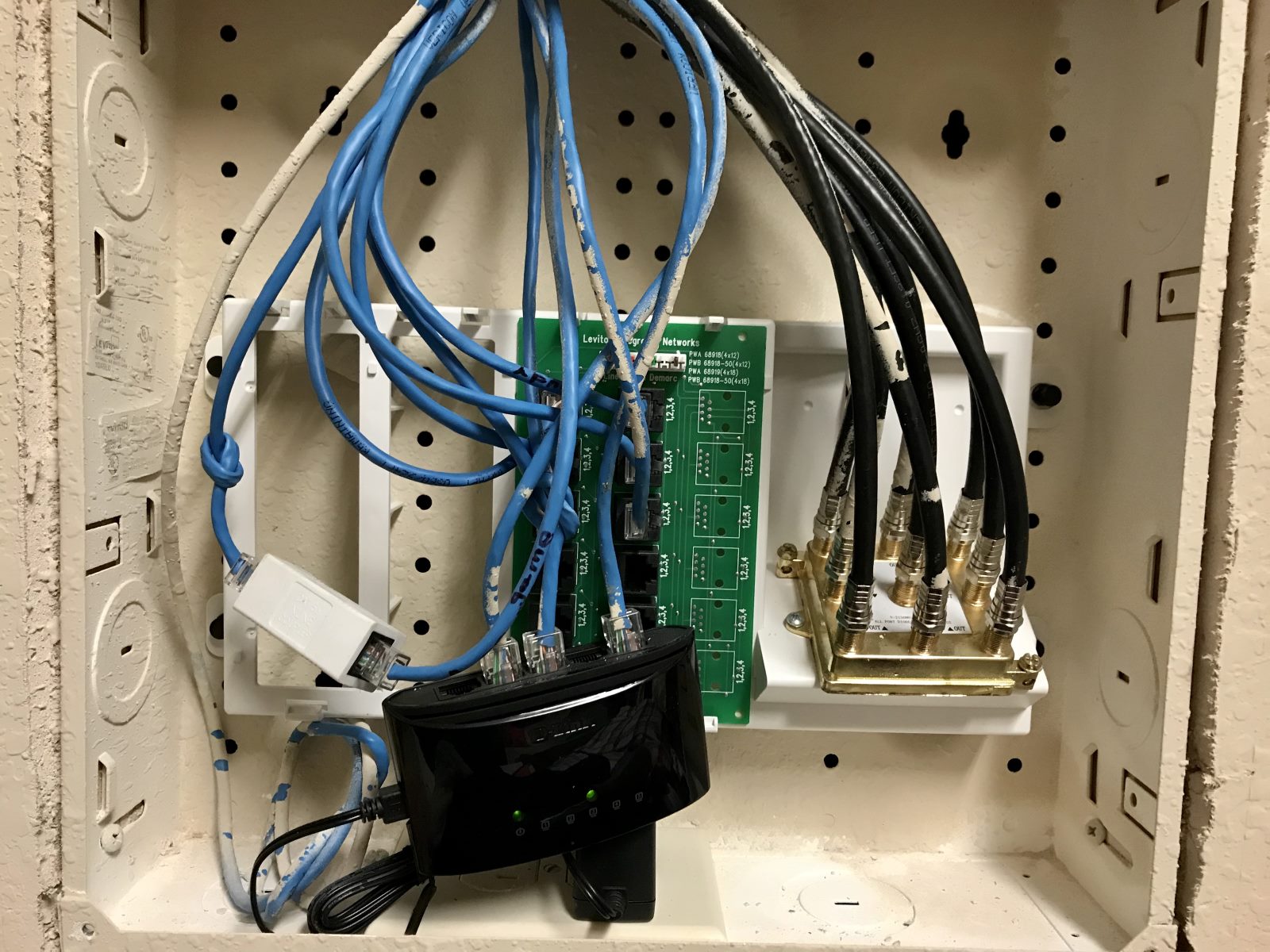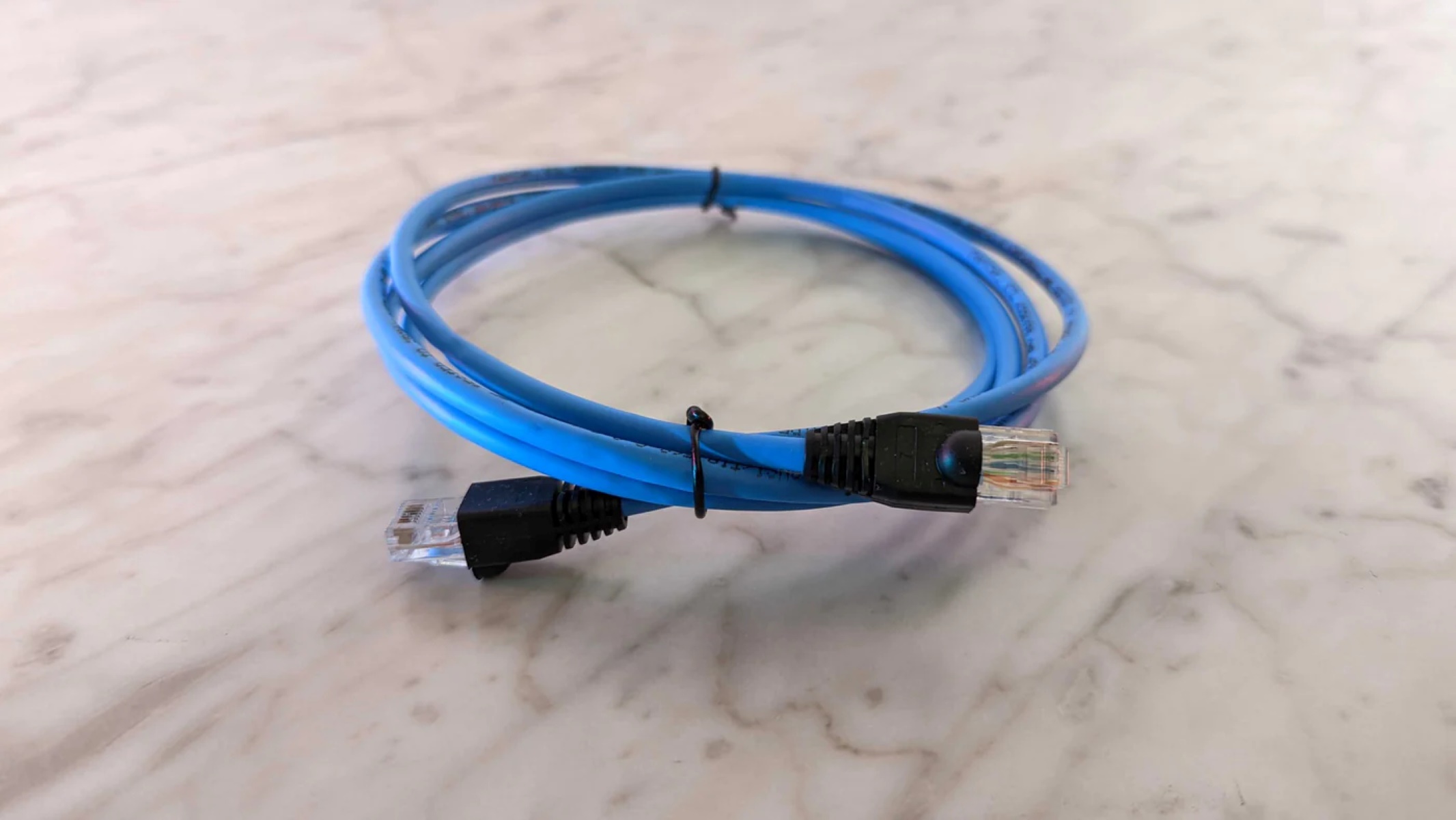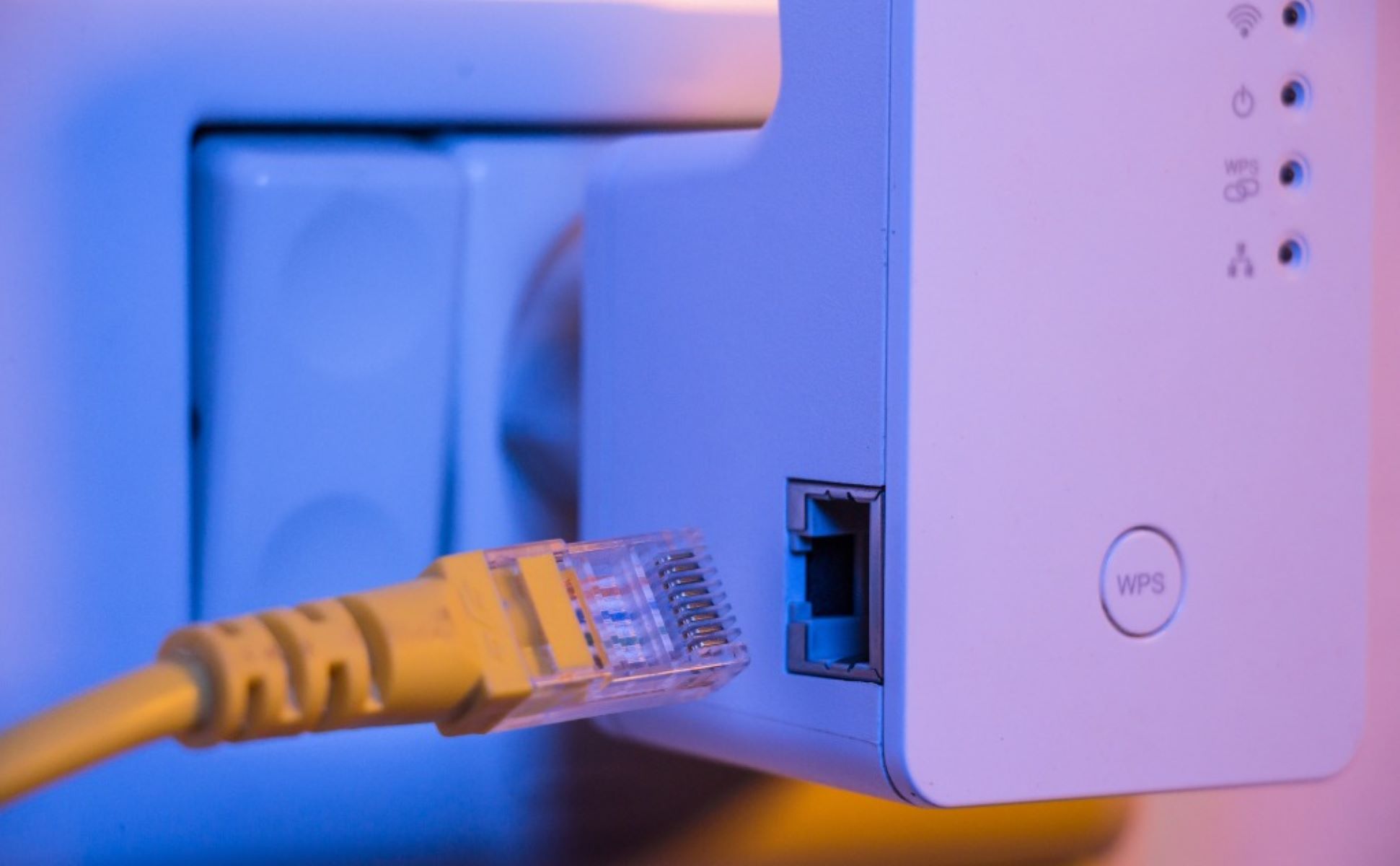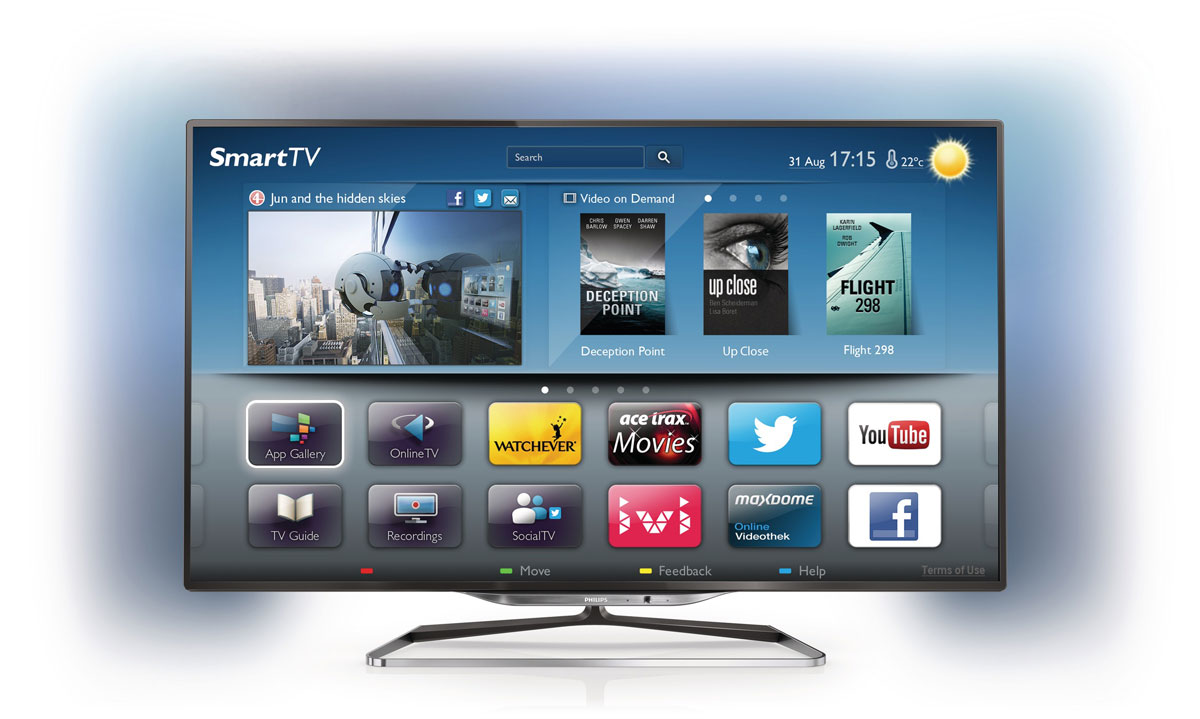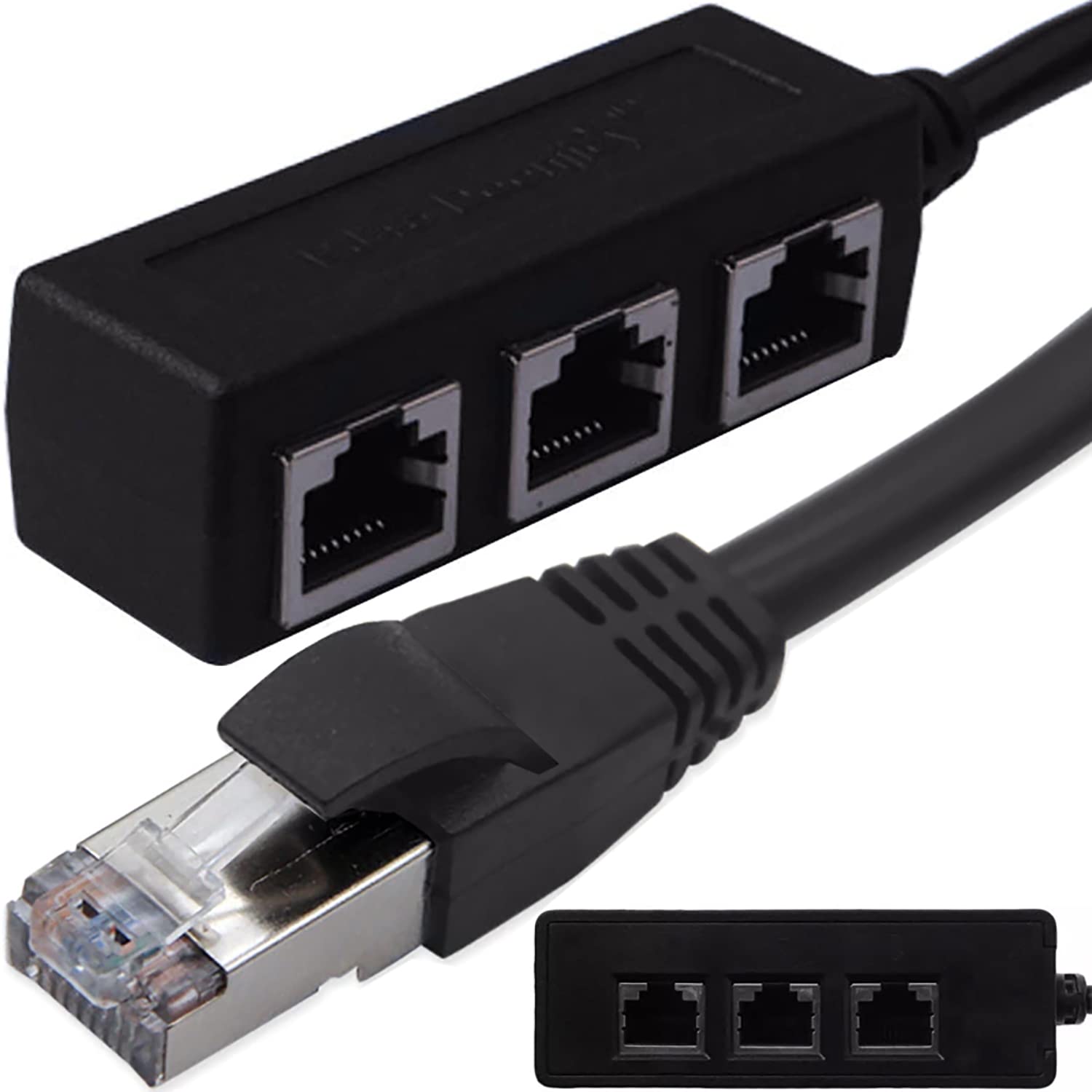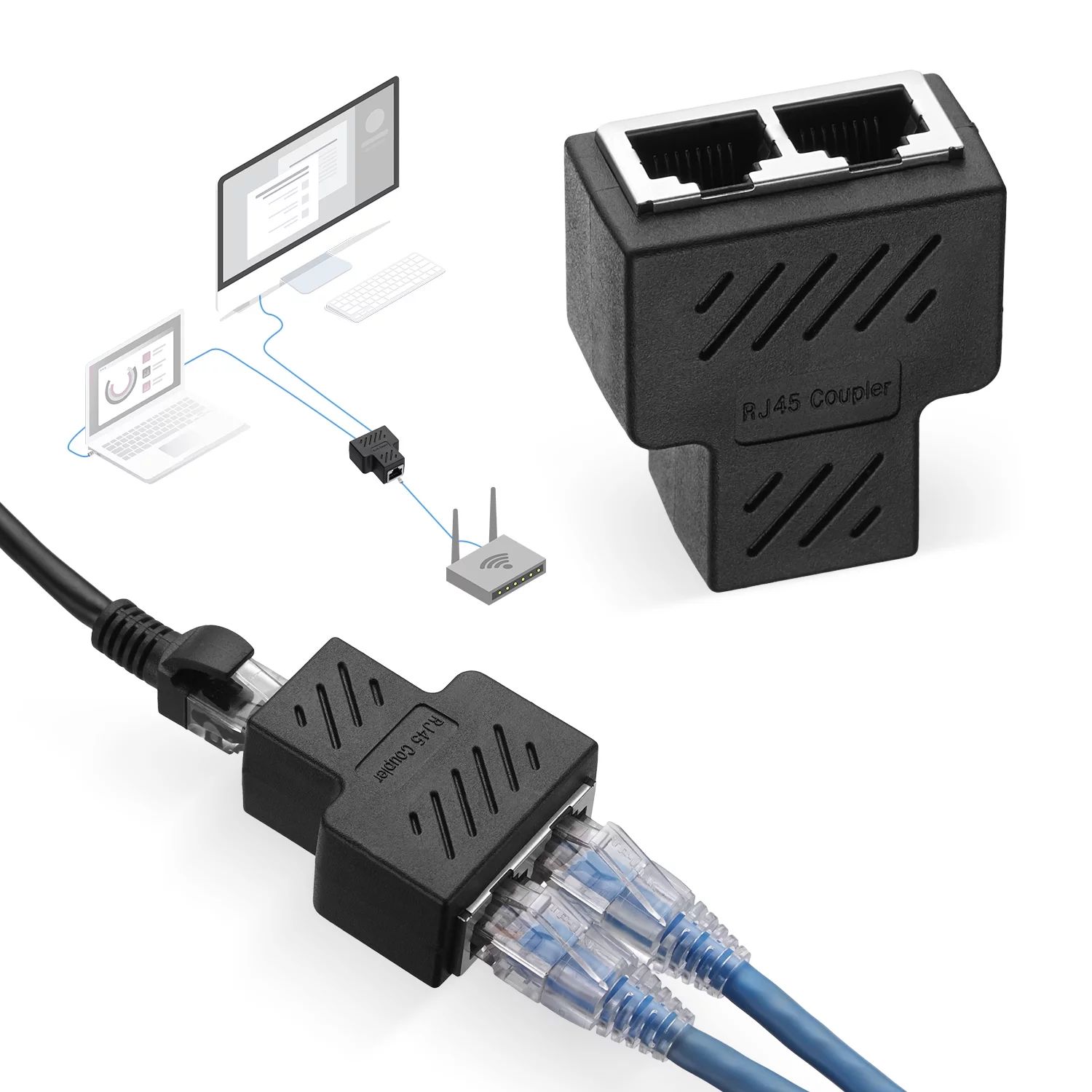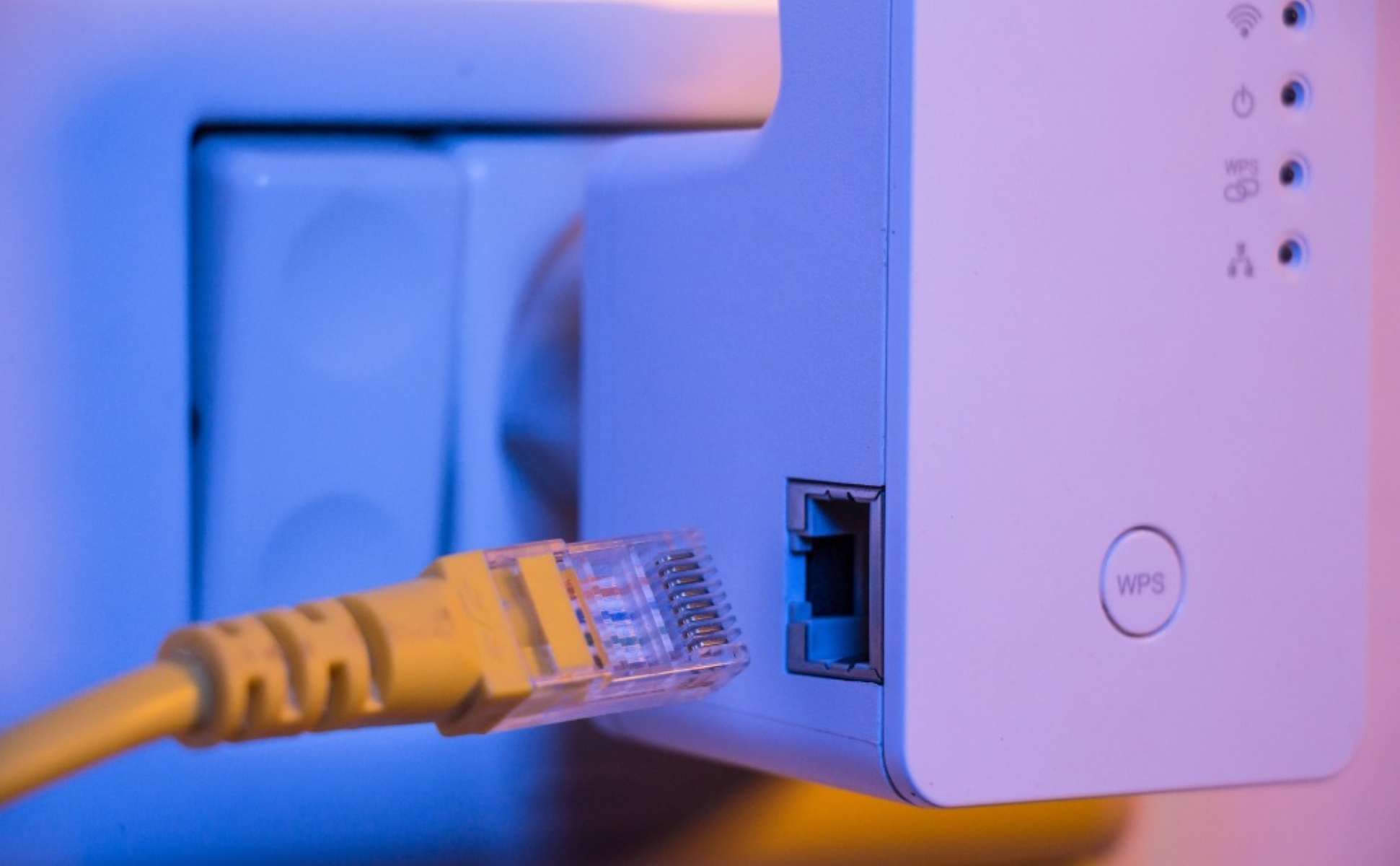Introduction
Having a stable and reliable internet connection is vital in today’s tech-savvy world. While wireless networks offer convenience and flexibility, they may not always provide the best performance, especially if you’re located far away from the router. So, what can you do to get an Ethernet connection in your room and enjoy faster internet speeds?
In this article, we’ll explore various options to help you get Ethernet in your room. Whether you’re working from home, streaming your favorite movies, or engaging in online gaming, having a wired connection can significantly improve your experience. We’ll delve into both DIY methods and professional solutions, so you can find the best option for your specific needs and budget.
Assessing the Situation
Before diving into the solutions, it’s important to assess your current setup. Consider the distance between your room and the router, the presence of obstacles like walls or floors, and the number of devices that need to be connected via Ethernet. This assessment will help you determine the most suitable method for getting Ethernet in your room.
Now, let’s explore the different options available to you:
Assessing the Situation
Before rushing into any solution, it’s crucial to evaluate your unique situation. This assessment will help you determine the best approach for getting Ethernet in your room. Here are a few factors to consider:
1. Distance: Determine the distance between your room and the location of your router. The longer the distance, the weaker the Wi-Fi signal may be, resulting in slower internet speeds. Knowing the distance will help you choose the right solution.
2. Obstacles: Identify any obstacles that might obstruct the Wi-Fi signal, such as walls, floors, or furniture. Thick walls and multiple floors can significantly weaken the Wi-Fi signal. Understanding the obstacles in your home will enable you to select a method that can overcome these challenges.
3. Number of Devices: Consider how many devices you plan to connect via Ethernet. If there are multiple devices, such as computers, gaming consoles, or smart TVs, you might need a more robust solution to accommodate them all.
4. Budget: Determine your budget for getting Ethernet in your room. Different solutions come with varying price tags, so it’s important to align your budget with your needs.
By evaluating these aspects, you’ll have a clearer picture of the ideal solution for your situation. Now let’s explore the different options available to get Ethernet in your room.
Option 1: Using a Powerline Adapter
One convenient and cost-effective option for getting Ethernet in your room is by using a powerline adapter. This solution takes advantage of the existing electrical wiring in your home to transmit internet signals.
Here’s how it works:
1. Plug in the first powerline adapter into an electrical outlet near your router and connect it to the router using an Ethernet cable.
2. Plug in the second powerline adapter into an electrical outlet in your room and connect it to your device using another Ethernet cable.
3. The powerline adapters communicate with each other through your home’s electrical wiring, effectively extending the Ethernet connection from the router to your room.
Powerline adapters are relatively easy to set up and provide a stable and fast connection. However, they may experience reduced performance in older homes with outdated electrical wiring or in situations where multiple powerline adapters are used across different electrical circuits.
When choosing a powerline adapter, consider the following:
– Speed: Look for powerline adapters that support the desired internet speed. Higher speeds ensure a smoother online experience, especially for activities like streaming or gaming.
– Ethernet Ports: If you need to connect multiple devices in your room, opt for a powerline adapter with multiple Ethernet ports.
– Encryption: Ensure that the chosen powerline adapter offers strong encryption to protect your data from unauthorized access.
Powerline adapters are a great option for getting Ethernet in your room without dealing with complicated installations. They provide a reliable connection that is ideal for devices that require a stable connection, such as gaming consoles or smart TVs. However, if powerline adapters don’t meet your needs, let’s explore another option: using a Wi-Fi extender with Ethernet ports.
Option 2: Using a Wi-Fi Extender with Ethernet Ports
If you have a decent Wi-Fi signal in your room but still want the benefits of a wired connection, using a Wi-Fi extender with Ethernet ports can be a viable solution. This option combines the convenience of wireless connectivity with the reliability of an Ethernet connection.
Here’s how it works:
1. Purchase a Wi-Fi extender with Ethernet ports. These extenders typically come with one or more Ethernet ports that allow you to connect devices directly via Ethernet.
2. Place the Wi-Fi extender in a location where it can receive a strong wireless signal from your router.
3. Connect the Wi-Fi extender to your router wirelessly, following the manufacturer’s instructions.
4. Once connected, you can now connect your device to the Wi-Fi extender’s Ethernet ports using an Ethernet cable, providing a stable wired connection.
Using a Wi-Fi extender with Ethernet ports is a straightforward solution that eliminates the need for complicated wiring. It allows you to extend your Wi-Fi signal to reach areas where the wireless coverage may be weak. By connecting your device to the extender’s Ethernet ports, you’ll enjoy the stability and faster speeds of a wired connection.
When choosing a Wi-Fi extender, consider the following:
– Compatibility: Ensure that the extender is compatible with your router and supports the necessary Wi-Fi standards.
– Range: Consider the range of the extender and choose one that can cover the distance between your room and the router.
– Ethernet Ports: Determine the number of Ethernet ports needed to accommodate all your devices.
Wi-Fi extenders with Ethernet ports are an excellent option for those who already have a decent Wi-Fi signal but require a stable wired connection. However, if this option doesn’t meet your needs, let’s explore another alternative: extending Ethernet with a switch or hub.
Option 3: Extending Ethernet with a Switch or Hub
If you have a single Ethernet port in your room but need to connect multiple devices, extending the Ethernet connection using a switch or hub is a practical solution. These devices allow you to expand the number of Ethernet ports available and connect multiple devices simultaneously.
Here’s how to extend Ethernet with a switch or hub:
1. Purchase an Ethernet switch or hub that meets your requirements. Consider the number of devices you need to connect and choose a device with sufficient ports.
2. Connect one end of an Ethernet cable to the existing Ethernet port in your room and the other to the uplink port on the switch or hub.
3. Connect your additional devices to the available Ethernet ports on the switch or hub using Ethernet cables.
4. Power on the switch or hub, and the devices should now be connected to the network.
Using a switch or hub to extend Ethernet is a simple and cost-effective solution. It allows you to connect devices like computers, gaming consoles, or smart TVs to a wired network without the need for additional wiring or complex installations. It also ensures a more stable and reliable connection compared to relying solely on Wi-Fi.
When selecting a switch or hub, consider the following:
– Number of Ports: Choose a device with enough ports to accommodate all your devices.
– Speed Compatibility: Ensure that the switch or hub supports the desired Ethernet speeds to ensure optimal performance for your devices.
– Managed vs. Unmanaged: Determine whether you need advanced features and configuration options provided by managed switches or if an unmanaged switch will suffice.
Extending Ethernet with a switch or hub is a practical solution for rooms that have limited Ethernet ports but require connections for multiple devices. However, if running Ethernet cables or using a switch or hub is not feasible in your situation, let’s explore the next option: running Ethernet cables through walls and ceilings.
Option 4: Running Ethernet Cables through Walls and Ceilings
If you’re willing to invest time and effort into a more permanent solution, running Ethernet cables through walls and ceilings can provide a clean and professional-looking installation. This option ensures the most reliable and high-performance wired connection possible.
Here’s how you can run Ethernet cables through walls and ceilings:
1. Plan the Route: Determine the best path for running the Ethernet cables from your router to your room. Consider the distance, ease of access, and any obstacles that may require drilling or cutting holes.
2. Gather the Materials: Purchase the necessary materials, including Ethernet cables, cable clips, a cable fish tape, a stud finder, a drywall saw, and a cable wall plate.
3. Prepare the Wall/Ceiling: Use a stud finder to locate any studs, electrical wires, or pipes in the walls or ceilings. Use a drywall saw to create holes or access points where you will run the cables.
4. Run the Cables: Secure the Ethernet cables to the cable fish tape and carefully feed it through the walls or ceilings, following the planned route. Use cable clips to keep the cables securely in place.
5. Connect the Cables: Once the cables reach your room, install a cable wall plate and connect the Ethernet cables to it. From there, you can connect your devices using Ethernet cables.
Running Ethernet cables through walls and ceilings provides a permanent and reliable solution for getting Ethernet in your room. It eliminates the limitations of wireless connections and ensures optimal performance for activities such as gaming, streaming, or large file transfers.
However, keep in mind the following considerations:
– Professional Help: If you’re not comfortable with DIY tasks or lack the required tools, it’s advisable to seek professional help for running Ethernet cables.
– Building Regulations: Ensure that you comply with any building regulations or restrictions in your area when running cables through walls or ceilings.
– Aesthetics: Consider how the cables will be concealed or integrated into your room’s aesthetic. Cable management solutions like wall plates, conduits, or cable raceways can help keep everything neat and tidy.
Running Ethernet cables through walls and ceilings requires some technical skills and time investment, but it provides the most reliable and high-performance Ethernet connection. If you prefer a professional installation, let’s explore the next option: hiring a professional installer.
Option 5: Hiring a Professional Installer
If you’re not comfortable with DIY projects or if you prefer a hassle-free solution, hiring a professional installer is an excellent choice. Professional installers have the expertise and tools necessary to properly install Ethernet connections in your room, ensuring optimal performance and minimal disruptions.
Here’s what you can expect when hiring a professional installer:
1. Consultation: The installer will assess your specific needs and requirements, including the desired number of Ethernet connections, the location of your room, and any existing infrastructure in your home.
2. Customized Solution: Based on the consultation, the professional installer will propose a customized solution that meets your needs and budget. They will consider factors such as the best routes for running cables, the type of Ethernet cables to use, and any necessary equipment or accessories.
3. Installation: The installer will handle all aspects of the installation, including running the cables, making any necessary holes or access points in walls or ceilings, and properly terminating and connecting the Ethernet cables. They will ensure a secure and professional-looking installation.
4. Testing and Verification: Once the installation is complete, the professional installer will thoroughly test the Ethernet connections to ensure they are functioning properly. They will verify the speed, stability, and performance of the connections to guarantee a satisfactory experience.
5. Clean-up: A professional installer will take care of any mess made during the installation process. They will tidy up the work area, remove any debris, and ensure everything is left in a neat and organized state.
Hiring a professional installer provides a worry-free solution for getting Ethernet in your room. It ensures a reliable and high-quality installation that meets your specific requirements, giving you peace of mind and allowing you to enjoy the benefits of a wired connection without any hassle.
When considering hiring a professional installer, keep the following in mind:
– Research and Reviews: Take the time to research and read reviews of different installers in your area. Look for experienced and reputable professionals to ensure a reliable and satisfactory installation.
– Cost: Obtain quotes from multiple installers to compare costs. Consider the value provided in terms of expertise, quality of work, and post-installation support.
– Timeline: Discuss the estimated timeline for the installation with the professional installer, ensuring it aligns with your needs and availability.
By hiring a professional installer, you can rest assured that your Ethernet connection will be professionally installed, providing the best performance and reliability for your room. However, before we conclude, let’s summarize the various options discussed in this article.
Conclusion
Getting Ethernet in your room is essential for a stable and reliable internet connection, especially if you require optimal speeds for activities like gaming, streaming, or working from home. In this article, we explored several options to help you achieve this goal.
If you’re looking for a convenient solution, using a powerline adapter can extend your Ethernet connection by leveraging your home’s electrical wiring. This option provides a stable and fast connection without the need for complex installations.
For those with a decent Wi-Fi signal but needing a wired connection, using a Wi-Fi extender with Ethernet ports can offer the best of both worlds. This solution allows you to extend your wireless signal while providing a stable wired connection for improved performance.
Extending Ethernet through a switch or hub is an ideal choice for rooms with a single Ethernet port. This option allows you to connect multiple devices without the need for additional wiring or complex setups.
Running Ethernet cables through walls and ceilings provides a permanent and professional installation. While it requires more effort and expertise, it ensures the most reliable and high-performance connection.
If DIY installations are not your preference, hiring a professional installer guarantees a hassle-free and customized solution. They will handle the installation process, ensuring a secure and professional-looking connection.
Consider your specific situation, including the distance to the router, obstacles, the number of devices, and your budget, when selecting the most suitable option for getting Ethernet in your room.
Remember, being able to enjoy the benefits of a stable and fast Ethernet connection can enhance your online experience and improve productivity. Explore the options discussed in this article and choose the one that best fits your needs and preferences.
So, are you ready to get Ethernet in your room? Take the necessary steps to enhance your internet connectivity and enjoy the multitude of opportunities it brings.










